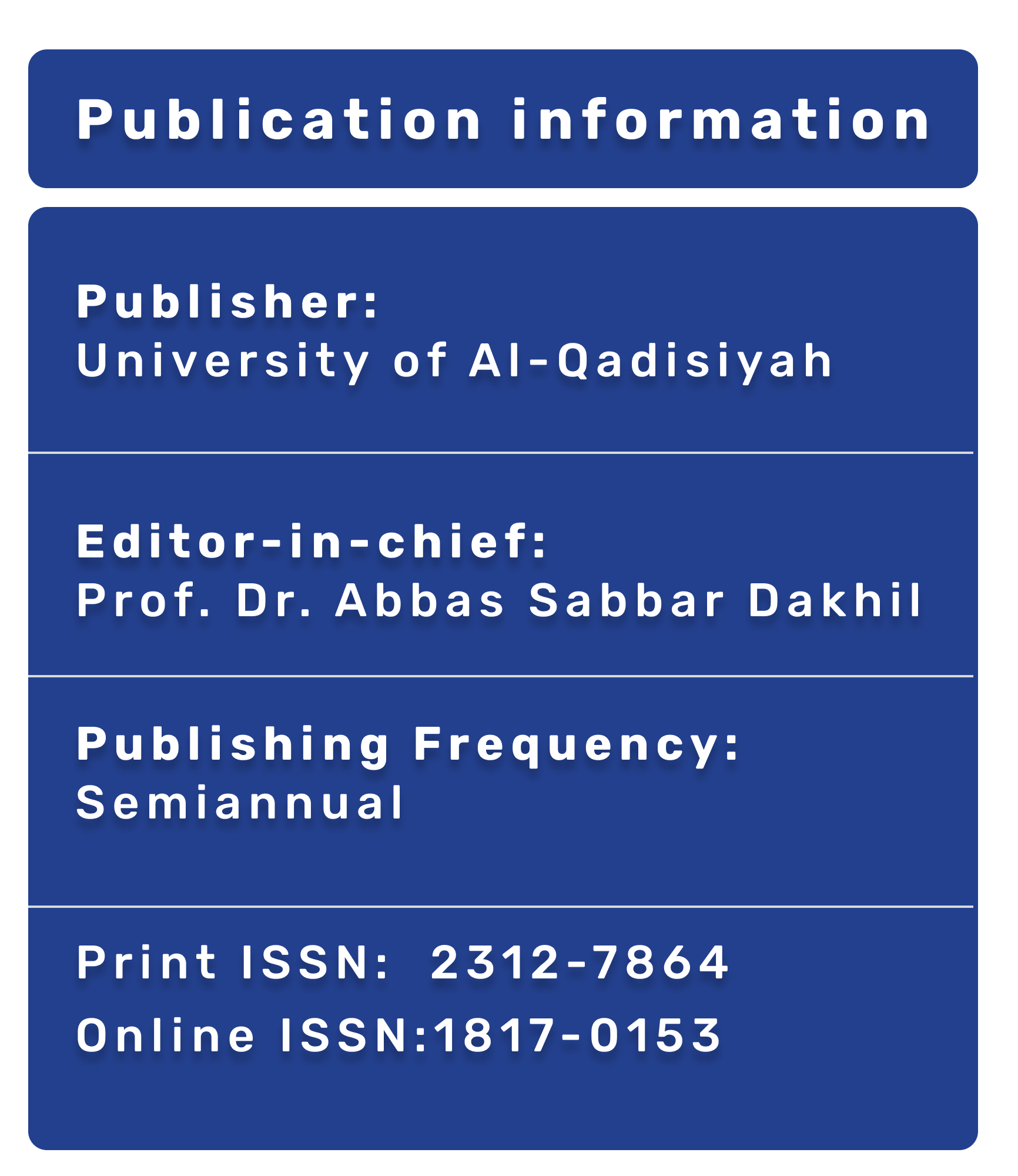Evaluation of Anticoagulant Therapy for Atrial Fibrillation in Babylon
DOI:
https://doi.org/10.28922/qmj.2010.6.9.53-64الملخص
Background: Atrial fibrillation (AF) is a common cardiac arrhythmia and is a major independent risk factor for peripheral thromboembolism mainly strokes. Anticoagulation with vitamin K antagonists is the most effective therapy for stroke prophylaxis in AF.Methods : In this study; 236 patients were included complaining of sustained or paroxysmal AF. They were admitted to medical ward or attended outpatient clinic in Al-Hilla Teaching Hospital in Babylon governorate during the period from 1st Jan. 2008 to 1st Jan. 2010. At the time of enrollment; INR was done for all patients and previous INR results were requested and reported. Stable therapeutic anticoagulation was defined as two INR values (measured at least two weeks apart) were within or above therapeutic range. Then patients were classified into different stroke risk groups. Based on these categories; treatment modalities, it's effectiveness and compliance were calculated. The antithrombotic therapies were considered consistent with guidelines when OAC was prescribed for high and intermediate (subtype A) risk groups and acetyl salicylic acid-aspirin (ASA) was prescribed for intermediate (subtype B) and low risk groups. The patients on OAC were considered "within target INR range" if INR was within recommended target range in 50% or more of occasions. Results : A total of 236 patients with AF were studied; age range was 18-86 years, 58.5 % (138/236) of them were males. 38.6% (91/236) of our patients were on recommended treatment according to guidelines recommendations. 55.1% (130/236) of our patients were ideally indicated for OAC therapy and only 43.1% (56/130) of them were on OAC therapy. 35.2% (83/236) of our patients were in high risk group and only 44.6% (37/83) of them were on OAC therapy
Conclusion : There is a clear under-treatment of AF in Babylon even in patients with high stroke risk, and the patients on OAC therapy weren't achieving target INR.








